Are Paint Fumes Dangerous Indoors?
Time is on our hands, and a lot of people are taking the time to renovate and spruce up their home’s, which can include the addition of fresh paint onto the walls in their indoor environment. A fresh coat of paint can make a world of difference for the aesthetic of your home and will ultimately help to spruce the space up without doing much to the actual environment. However, as you begin your painting job the chemical smell that is emitted from the paint starts to overtake the entire air space, leaving you with a fume-filled home that only persists and spread through the air of your home. What is the reason behind the strong paint smell in house that is produced from applying paint indoors and how can you remedy these fumes quickly from the air?
Paint is constructed of a variety of chemicals that give this product its ability to be used and applied onto surfaces and last on these surfaces for a long duration of time after its application. One of the key ingredients used in paint today are chemicals that are referred to a volatile organic compounds (VOCs), which are the chemicals responsible for the chemical fumes that can be produced when paint is used within an indoor space. When it comes to the removal of these chemicals and paint fumes in your home, it may be necessary to add filtration technologies to this indoor space to help mitigate the fumes and reduce paint fume dangers from the indoor space of your home.
In this article we are going to learn more about the dangers of paint fumes indoors, why paint produces fumes in the air, and the best solution to use to remove toxic paint fumes from the air of your home quickly and effectively.
Is Paint Smell Harmful?
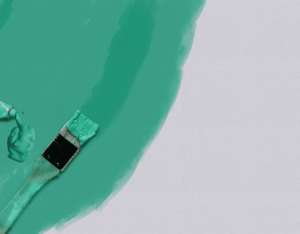 Paint is a quick and seemingly easy project to complete in your home, with the simple application of brushing or rolling paint directly onto the surface of your walls or any item in your personal indoor environment that you wish to give a new look too. The problems, however, can come as the paint begins its curing process on the surface, as the ingredients used in the paint will work to form a strong chemical smell that is emitted through evaporating paint fumes in the air. The smell of wet paint is a strong smell, stronger than the smell of dry paint, and this is ultimately due to the chemical paint fumes that are emitted from freshly applied, wet paint.
Paint is a quick and seemingly easy project to complete in your home, with the simple application of brushing or rolling paint directly onto the surface of your walls or any item in your personal indoor environment that you wish to give a new look too. The problems, however, can come as the paint begins its curing process on the surface, as the ingredients used in the paint will work to form a strong chemical smell that is emitted through evaporating paint fumes in the air. The smell of wet paint is a strong smell, stronger than the smell of dry paint, and this is ultimately due to the chemical paint fumes that are emitted from freshly applied, wet paint.
Is paint toxic? The ingredients that are used in paint are what can make this product potentially harmful when used in an indoor environment such as a home. As we discussed previously, paints will produce chemical fumes in the air or a paint smell that will be pack full of harmful volatile organic compounds (VOCs). These VOCs are carbon-based chemicals that will evaporate at room temperature and can be found to cause a wide array of potential health effects to those individuals exposed to these chemicals in the air. According to the EPA, when it comes to the VOCs that are most commonly present in paint these chemicals will include toluene, xylene, ethanol, benzene, dichloromethane, formaldehyde, trichloroethylene, propylene glycol, acetone, etc.
What Does Paint Smell Like
Have you ever opened up a fresh can of paint and started applying it to the walls in your home, only to be fronted with the awful smell of ‘paint smell’? This foul smell is more than just a bad smell, it is a chemical filed paint odor that can spread aggressively through the air of an indoor space. One of the biggest problems with paint smells and odors is that they can become hazardous when produced into the air since the chemicals used in the paint will become suspended into the air as fumes that can have an adverse effect on human health when exposure occurs.
The distinct smell of paint will be the product of VOCs that are used within the paint that will become emitted into the air after its introduction into the environment. VOC levels in the paint will directly impact the strength and ferocity of the paint smell or paint fume odors in a home after painting has been applied in the indoor space. This smell can most similarly be related with that of a chemical odor due to the strong composition of chemicals that is responsible for the paint ingredients.
How Long Are Paint Fumes in the Indoor Air
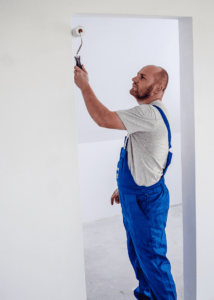 After you paint a room, generally it is recommended that you give the paint time to dry before going back into this indoor space simply due to the strong paint fumes that are emitted into the air as the paint cures. The curing process of paint will result in the off gassing of the paint chemicals used such as VOCs (toluene, benzene, formaldehyde, etc.) that will slowly turn from a liquid to a gaseous state in the indoor air of this environment – which is known as paint fumes. These paint fumes will slowly release into the air as the paint dries, and these fumes can sometimes persist for weeks and even months in some environmental conditions.
After you paint a room, generally it is recommended that you give the paint time to dry before going back into this indoor space simply due to the strong paint fumes that are emitted into the air as the paint cures. The curing process of paint will result in the off gassing of the paint chemicals used such as VOCs (toluene, benzene, formaldehyde, etc.) that will slowly turn from a liquid to a gaseous state in the indoor air of this environment – which is known as paint fumes. These paint fumes will slowly release into the air as the paint dries, and these fumes can sometimes persist for weeks and even months in some environmental conditions.
How long are paint fumes harmful? Typically, according to Tom Saint Painting, most people will wait for at least two to three days before reentering the indoor space where the paint is drying to allow for the paint fumes to subside. However, paint fumes can stay present in an indoor environment where there is a lack of ventilation or airflow that will allow for the chemical fumes to be contained within the air space. Thus, after you re-inhabit the space after two to three days of drying time, it will still be necessary to add ventilation and airflow to the space to continue to aid in the mitigation of the paint fumes in the air.
Can Paint Fumes Exposure Make Me Sick?
Paint can have an overwhelming effect on both the aesthetic of your house and even on the health of the occupants that become exposed to these paint fumes in the indoor air of their home. Paint fumes can persist in a home for some time after the paint application has concluded, and this is in part to the off-gassing process of the VOC chemicals present in the paint composition – which will turn from a liquid to a gas as it cures in the environment. When an individual becomes exposed to gaseous chemicals in their indoor air space, it can result it adverse health effects that could lead to the occupants of the environment becoming sick – and this same effect will be possible from paint fume exposure.
According to the Poison Control Center, exposure to paint fumes will lead to certain health effects such as watery eyes, headache, nausea, asthmatic attacks, chronic bronchitis, or even intoxication at some levels of exposure to the paint fumes. The VOCs that are found to be used in many paints will cause additional symptoms when exposure occurs to humans in a confined space such as fatigue, headaches, drowsiness, nausea, dizziness, and a loss of coordination.
How to Get Rid of Toxic Paint Fumes in House
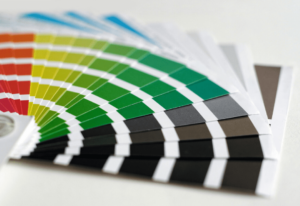 Finally, you have reentered your home following the use of paint on the walls but the moment you walk in you are confronted by the abrasive smell of paint again – even after multiple days of curing time! As we discussed previously, paint fumes can stay trapped in the air of a home and continue to be emitted from the paint slowly as time progresses, and this can last for anywhere up to a couple weeks or a couple months, in some cases. If you are experiencing the constant releasing of paint fumes in your home from freshly applied paint than it may be necessary to start the integration process of chemical and odor mitigation from the environment – such as through air filtration, deodorization, and other home remedies that have been used to help reduce the paint fumes in the environment.
Finally, you have reentered your home following the use of paint on the walls but the moment you walk in you are confronted by the abrasive smell of paint again – even after multiple days of curing time! As we discussed previously, paint fumes can stay trapped in the air of a home and continue to be emitted from the paint slowly as time progresses, and this can last for anywhere up to a couple weeks or a couple months, in some cases. If you are experiencing the constant releasing of paint fumes in your home from freshly applied paint than it may be necessary to start the integration process of chemical and odor mitigation from the environment – such as through air filtration, deodorization, and other home remedies that have been used to help reduce the paint fumes in the environment.
The various home remedies that have been used to help rid the dangerous paint fumes emitted into the air of your indoor space can include baking soda, vinegar, coffee grounds, and even candles. These remedies all focus on deodorization or masking of the paint smells in the air – this will ultimately help to alleviate the strong fume odors produced from fresh paint applied in the environment. Coffee grounds and candles will both work to replace the paint fume odors in the air and will mask the odor with the strong smell of coffee and/or candle aroma. Whereas, vinegar and baking soda are deodorizers that will work to absorb the odors from paint fumes and these deodorizers can be applied onto the surfaces to help remediate the fumes.
Paint Fumes Air Filtration
There are many different types of air purifiers that are used commonly in many households that all use specific technologies that allow for the air purifier to filter out certain pollutants in the air. When it comes to the removal of chemical odors, most individuals will lean towards a carbon air filter that captures and contains odors on a thick media filter. However, these types of air quality solutions are a short-term solution that will ultimately lead to the re-emission of these odorous chemical pollutants over time. Therefore, implementing a good air quality solution in indoor environments for paint odor elimination will be a necessary component to remediating the paint chemicals out of a home quickly.
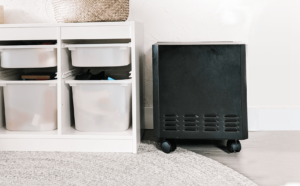 The EnviroKlenz Mobile Air System is a revolutionary air purification device that works using a proprietary earth mineral technology that captures, contains, and neutralizes a broad spectrum of noxious and toxic chemicals and odors from the airspace, as well as fine particulate matter with the use of a hospital-grade HEPA filter. The two-stage filtration process within the EnviroKlenz Air Purifier is the EnviroKlenz Air Cartridge with this patented earth mineral technology for noxious and toxic odor and chemical pollutants, and the second stage a hospital-grade HEPA filter for fine particulate removal larger than 0.3 microns in size. This combination of air filtration will swiftly, quickly, and safely remediate the indoor air of chemicals released from paint fumes and will restore the environment back to normal conditions and eliminate those dreaded paint odors from inside the air.
The EnviroKlenz Mobile Air System is a revolutionary air purification device that works using a proprietary earth mineral technology that captures, contains, and neutralizes a broad spectrum of noxious and toxic chemicals and odors from the airspace, as well as fine particulate matter with the use of a hospital-grade HEPA filter. The two-stage filtration process within the EnviroKlenz Air Purifier is the EnviroKlenz Air Cartridge with this patented earth mineral technology for noxious and toxic odor and chemical pollutants, and the second stage a hospital-grade HEPA filter for fine particulate removal larger than 0.3 microns in size. This combination of air filtration will swiftly, quickly, and safely remediate the indoor air of chemicals released from paint fumes and will restore the environment back to normal conditions and eliminate those dreaded paint odors from inside the air.
Article Sources:
Mobile Air System
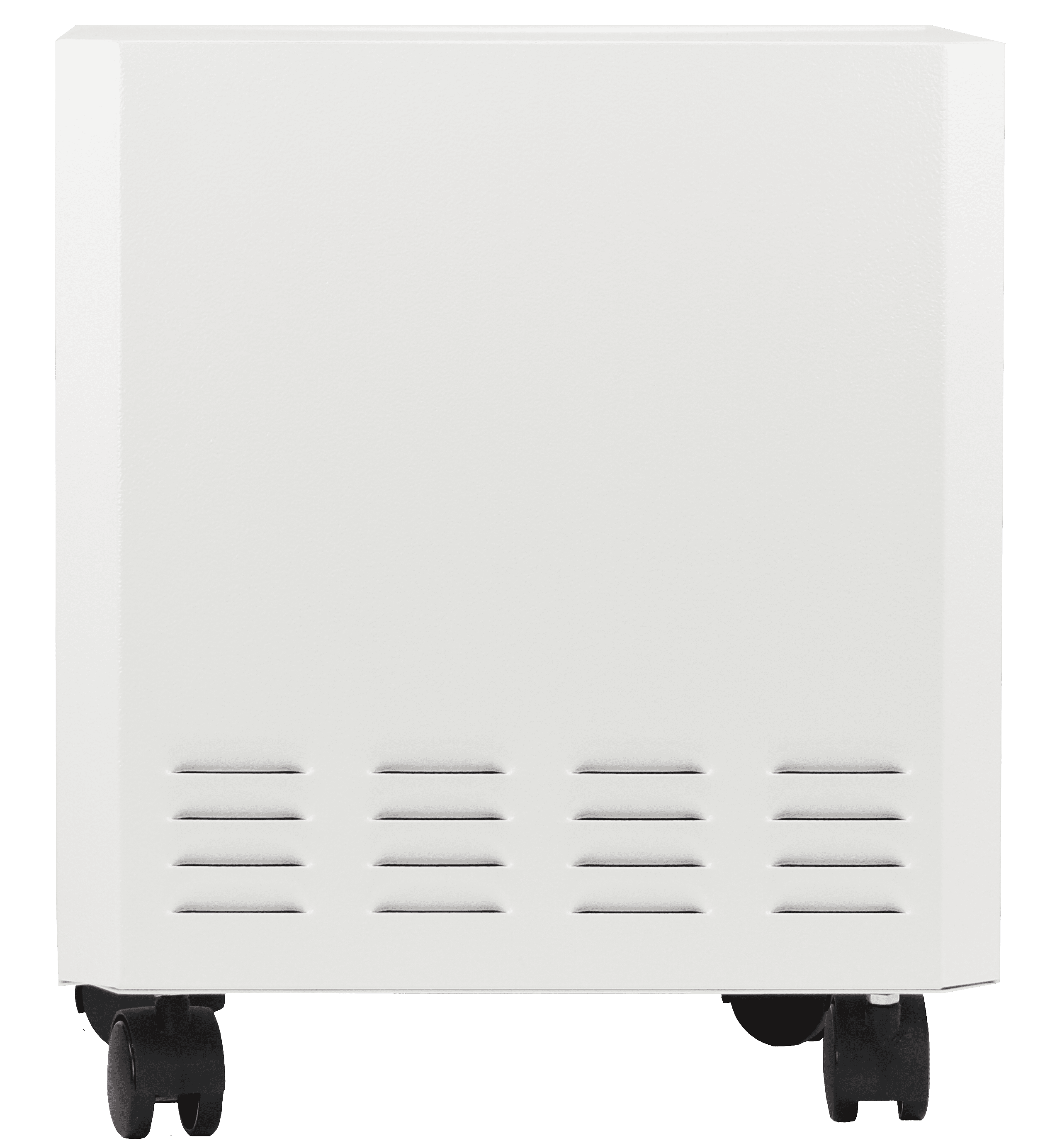
✓ Patented earth mineral technology works to attack VOCs and break them down on a compound level
✓ No chemicals or masking agents
✓ Will not release any chemicals back into your environment
✓ Safer and faster at removing VOC’s than traditional carbon filters and PECO air purifiers
Comments
Post a Comment